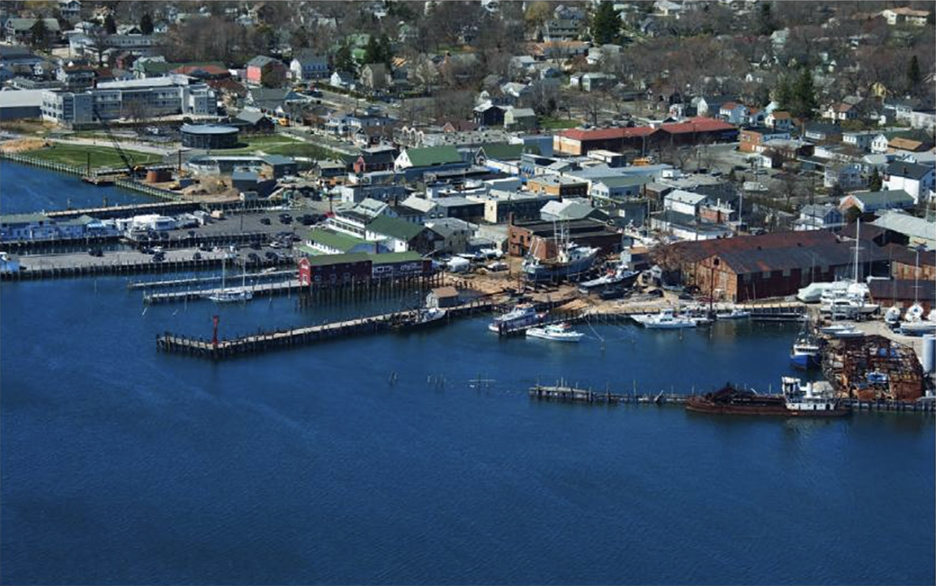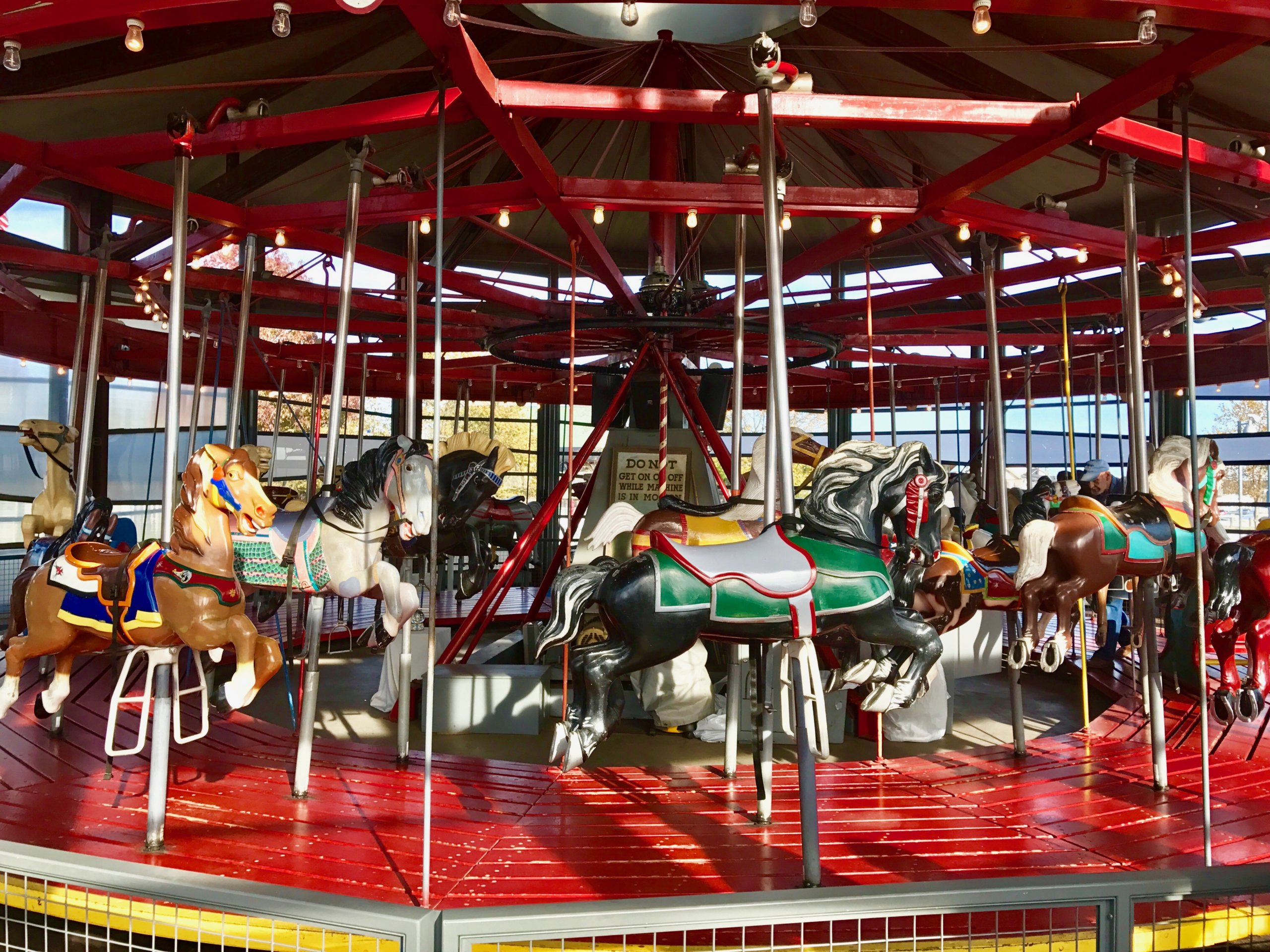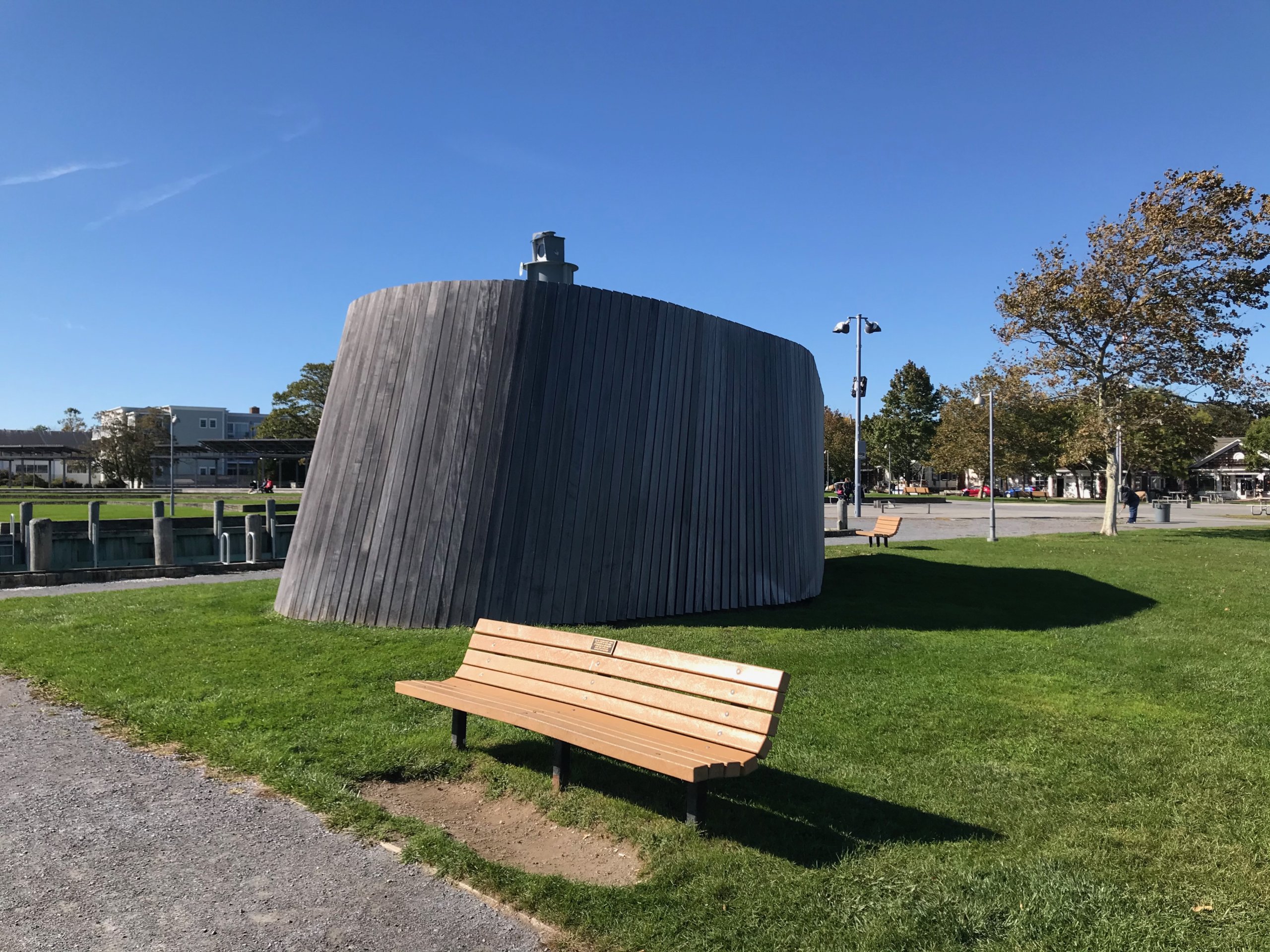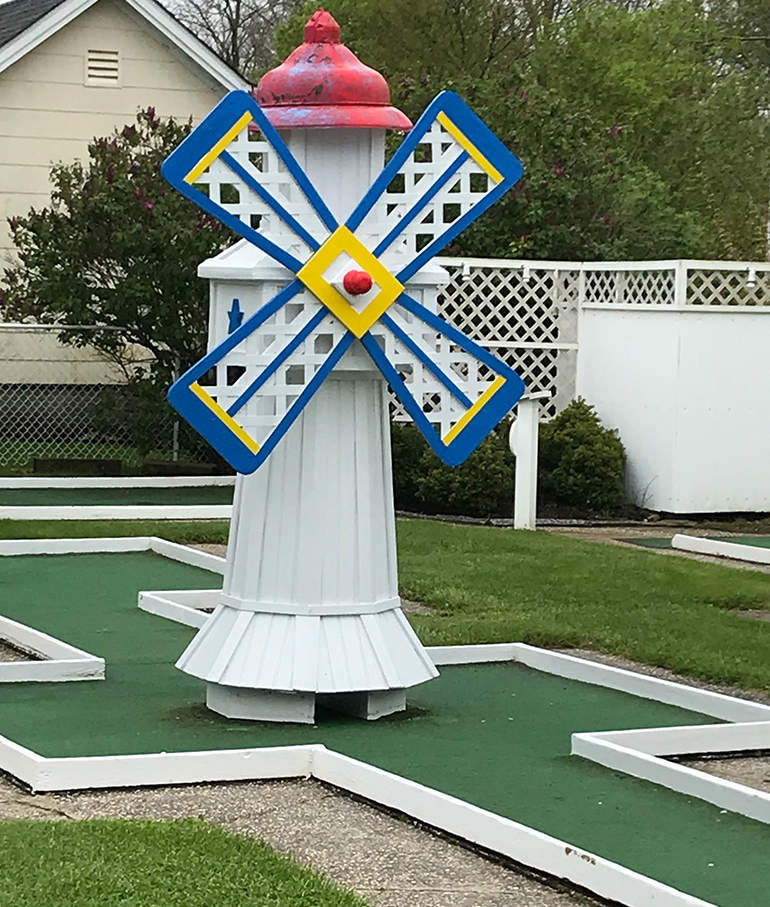The Renaissance of Greenport - Explore the Historic Port Town

Greenport, a village that has undergone many changes, is an example of the resilience and adaptability so common on the North Fork. The village has just over 2,000 residents living within 1.2 square miles.
While Greenport has become a destination for summer visitors, it still retains its “real town” feeling, with many year-round residents and businesses.
Explore Greenport
Some of the mainstays are the IGA, Burton’s Books and Claudio’s. The school (K–12), library, and hospital ground the community. The Main Street waterfront business district has many small shops offering local food and wine, coffee, gifts, and art.

Mitchell Park, on the Peconic Bay, is a great place to watch the ferry to Shelter Island or take in a sunset. Its main draw is the historic carousel, built in 1920, with beautifully hand-carved and painted horses ($2.50/ride, daily in season, weekends all year).

Mitchell Park houses a rare camera obscura, one of only five in the U.S. and 50 in the world. These were popular attractions before the advent of photography. A small opening in a dark room lets in light that is reflected in a rotating mirror, enhancing the scenic beauty of the outside world.
In the winter, an outdoor ice rink offers ice skating and lessons. (Mitchell Park: 631-477-2200)
Greenport was a major whaling port from 1795-1859, as well as an active shipbuilding port. The village was long an active fishing area, especially renowned for its oysters. The Long Island Rail Road arrived in 1844. In the early 1900s, with the decline in oystering, Greenport turned to tourism. Perhaps its grit is a remnant of its bootlegging days during Prohibition. Greenport is still known for seafaring, fishing and boating.
By the 1990s, Greenport had become a little “rough around the edges,” overlooked by tourists, with some empty storefronts. Now, Greenport is a bustling destination, with 11 hotels/motels, three B&Bs and two campgrounds. The village has many restaurants offering local seafood and wine. Art galleries enliven the village. The historic district has been defined and revived, with many 19th-century wooden houses and storefronts renovated to reveal their original beauty. The historic core dates to the 18th century.
Greenport’s renaissance has been buoyed by the influx of artists and art galleries. The village hosts First Friday Gallery Walks from June to December. Art galleries open their doors and colorful artwork lines the streets.

There are many activities for children — and the child in all of us. In addition to the carousel and boat-watching in Mitchell Park, there is miniature golf and ice cream (Drossos Motel — Tick Tock Miniature Golf, 631-477-1334) and a movie theater on Front Street.
Greenport has long been among the most diverse villages on the North Fork. It has a long-established Black community, and immigrants come from Guatamala, Colombia, Greece and Mexico. The village has seven different houses of worship in its small area. This vibrant diversity adds to the village’s welcoming feeling.
Cathy Demeroto says, “Greenport is a beautiful and unique community enhanced by the diversity of its residents. This makes Greenport a wonderful and welcoming place to live, work and play.”
Greenport celebrates its seafaring past with the popular Maritime Festival every September. A Land and Sea cocktail party kicks off the weekend of parades, classic wooden boats, kayak races, wood carving, and food vendors. The event is hosted by the East End Seaport Museum (eastendseaport.org).
Shellabration is a restaurant walk of local shellfish, wine, and beer in early December (shellabration.li).
Like all of the North Fork, the natural beauty of the area is part of Greenport. Inlet Pond County Park and Arshamomaque Preserve offer birdwatching and hiking. Bicycling is popular on the roads around the village.
As part of Southold Town, Greenport’s residents are served by several community organizations, including Southold Town Senior Services (631-298-4460) and CAST (Community Action Southold Town, 631-477-1717). CAST — whose motto is “Neighbors Helping Neighbors” — seeks to build a thriving community where every member is free from worry about basic necessities and able to build a better future for themselves and their families.
Cathy Demoroto, executive director, notes that the rising cost of living has hurt local workers. “Many of our clients are the backbone of the local economy, often working at lower wage jobs that support the agriculture, hospitality and tourism industries.”
The generosity of the local community was especially evident during the pandemic. Demeroto notes that many people and businesses offered to volunteer and provide meals and financial support.
CAST has an ongoing school supply drive, for donors interested in helping make Greenport an even better place to live.



